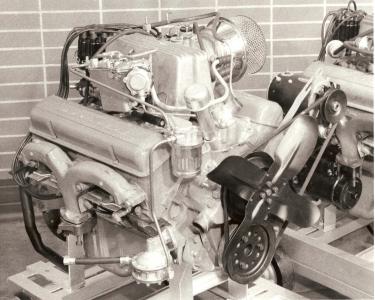If one were to look back at the origin of fuel injection, it was the drive and desire to race that helped forge the concept. With the first production F.I. unit rolling off of the assembly line in 1957, RPD was designing the future in many aspects.
Rochester fuel injection was an engineering technology and a marvel that was in many ways light years ahead of its’ time. With a team of engineers, RPD set out to design, test, and launch a mechanical fuel delivery system that eventually lead to the electrical version that we are all familiar with in today’s cars. Over the years during its lifespan at GM, the fuelly was eventually phased out by GM. The rising costs to produce this unique option when vetted against the new factory option now known as the 396 big block painted the demise.
When comparing dollars in 1965 whether to upgrade to fuel injection or to go with a larger cubic inch motor, the mere $350 lower price tag for the engine won out. If you compare today’s modern fuel injection against this technology, they were successful in many ways. The brought together two meters, one for air and one for fuel, coupled it with an intake system and did it without electrical input, computers, or complicated redundant circuits. There were no fuel rails returning unused gasoline back to the tank, no super high pressures to deliver fuel directly at the nozzle level and no electrical drivers other than the enrichment housing.

In not so many words, it is almost orchestral in nature. Venturi vacuum signals coupled with plenum vacuum tied to distributor driven gear pump all metered through the spill valve, axle link assembly and a series or levers. Brilliant when you consider this was conceptually designed over 55 years ago.
We would like to credit and thank those who have contributed to the Rochester F.I. hobby over the years and to those who have provided an inside look into RPD’s thought process. There are many behind the scenes people that have reproduced parts that have no longer been serviceable. There are those who have served as information historians and there are the mechanics who have studied, read and pulled their hair out over the years suggesting that a carburetor go on the car instead.
Art Armstrong GM
Jon Blancette RPD
Frank Sciabica RPD
Jim Thorpe- a pioneer in parts preservation
John Amgwert former editor of National Corvette Restorers Society publication (NCRS)
1951-65 Historical data RPD engineering
GM Photographic
We thoroughly enjoy working with others in the hobby. We thank you for taking the time to visit our website. We hope you enjoyed it.
